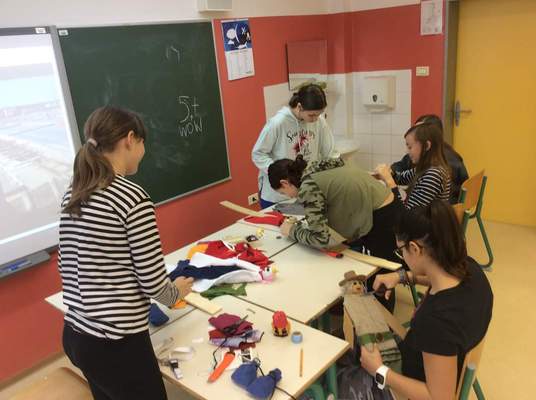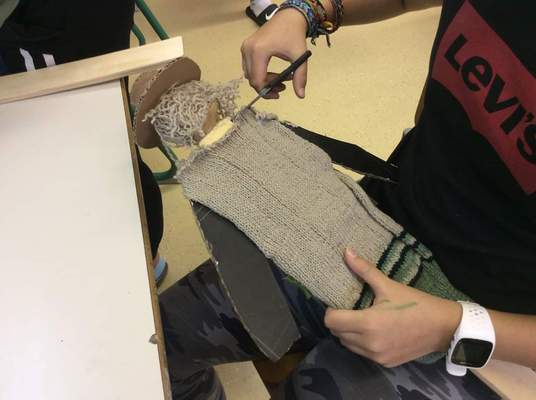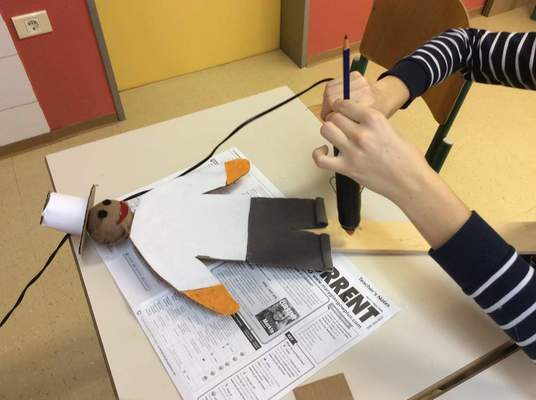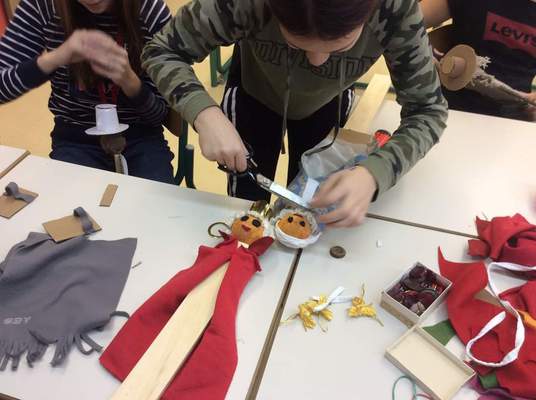The students based on salt and the environment of the salt pans: they drew, made a game, constructions, comics, products with salt, sang about salt and presented theatrical events, interviewed the workers of the Salt Pan Elounda, etc....
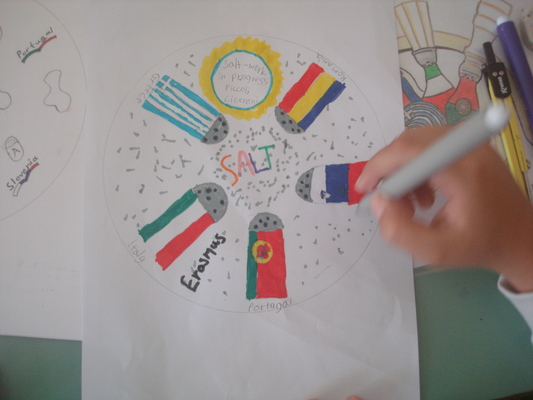
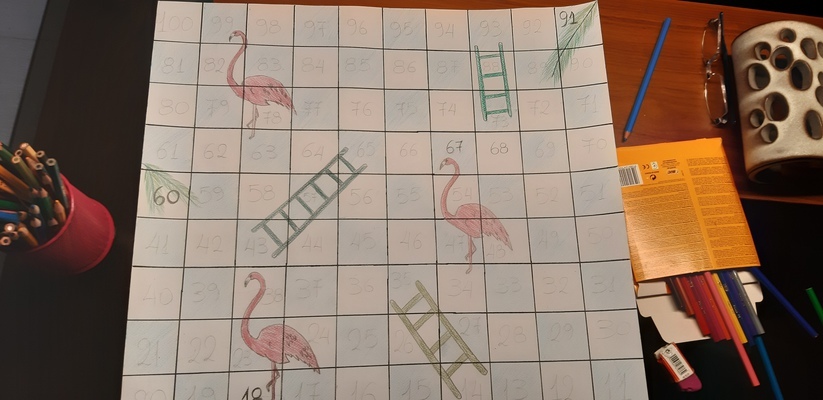
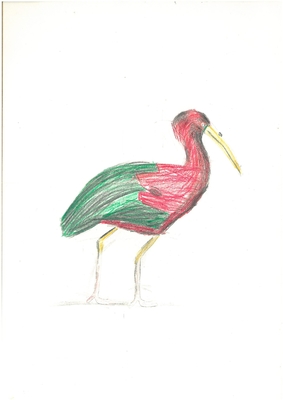
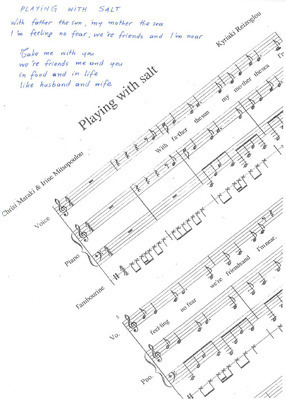
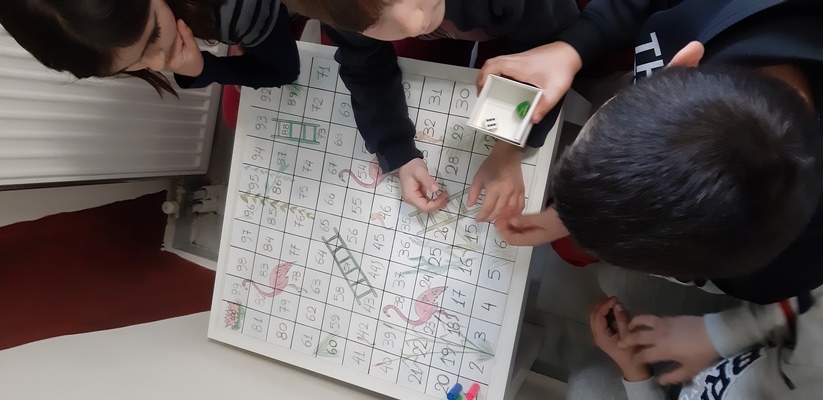
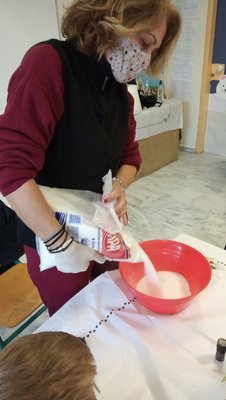

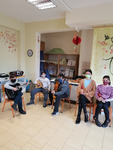
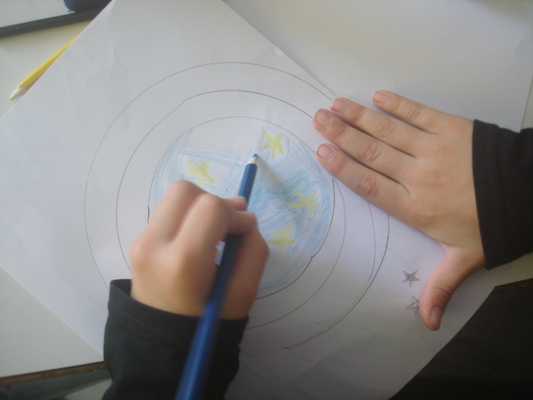
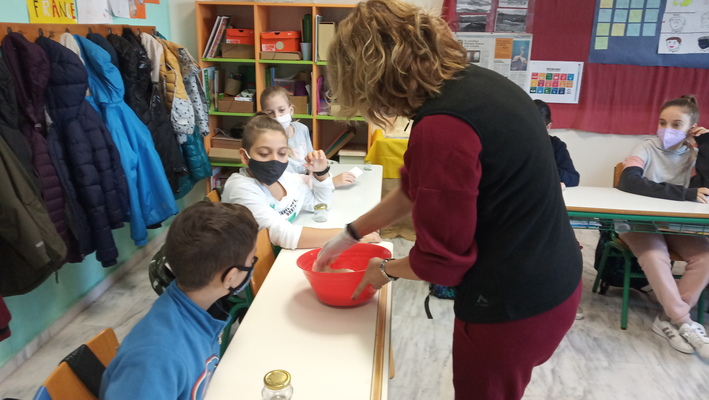
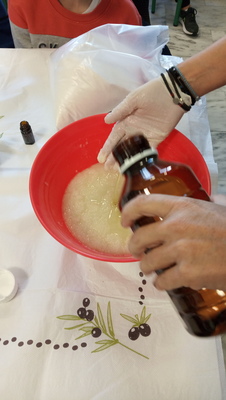
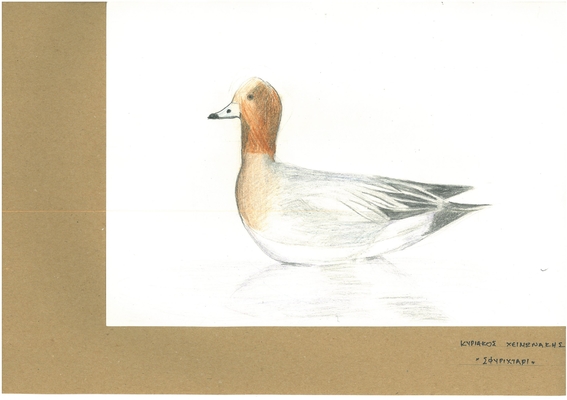
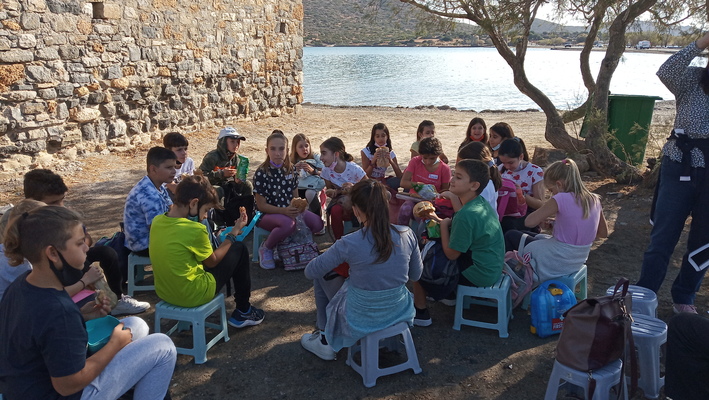
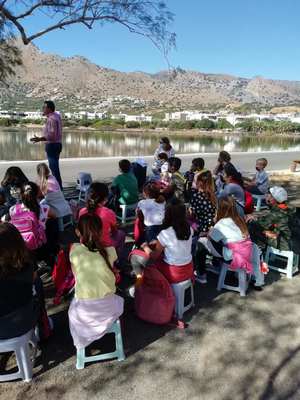
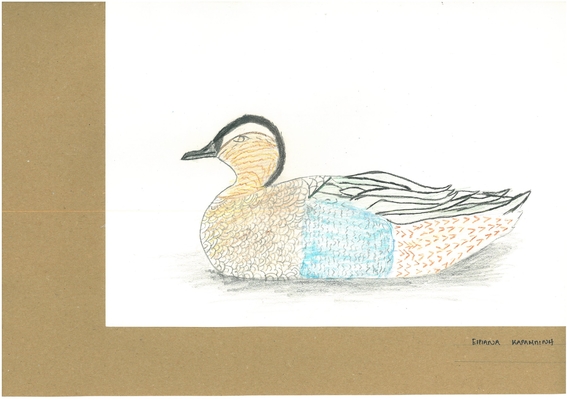
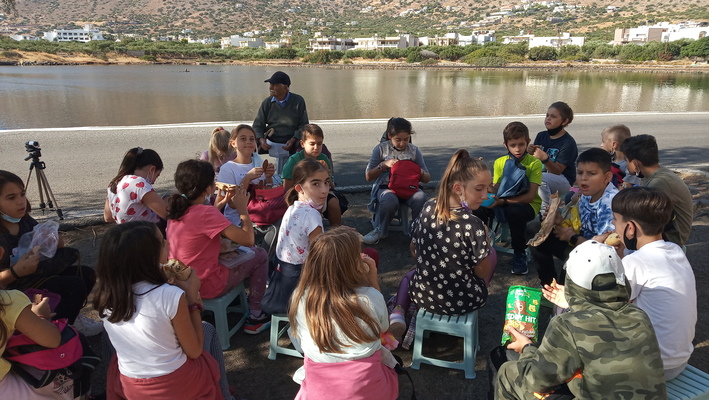
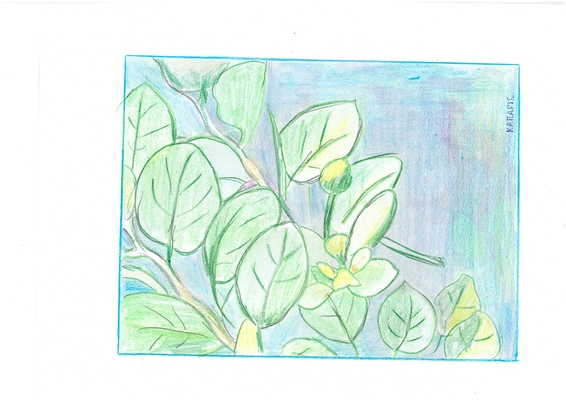
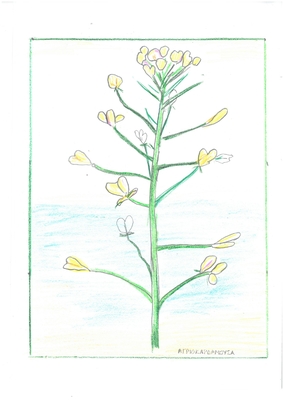

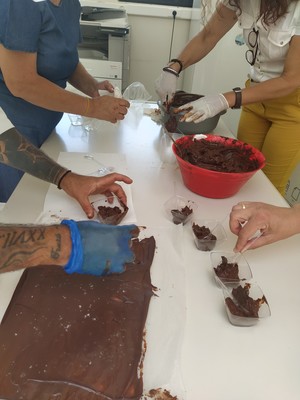
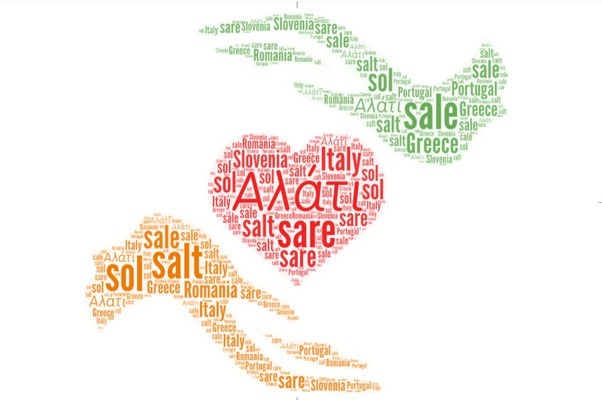
OUR E-BOOK
March-May 2021
We are very glad to show our e-book "Gioconda in the Kingdom of salt"
Our primary school pupils (2nd and 3rd grade) and middle school pupils (7th grade) worked together to produce the following e-book "Gioconda in the Kingdom of Salt" based on the book "Gioconda nel regno del sale".
Pictures were made by pupils of the 2nd and 3rd grades, while translation and voice recording were done by students of the 7th grade.
EXPERIMENT: Sand and Soil of salt pans
March 2021 - Margherita di Savoia (Italy)
Italian pupils (2nd and 3th classes of Primary School)
Sand absorbs water. The soil of the salt pans is impermeable.
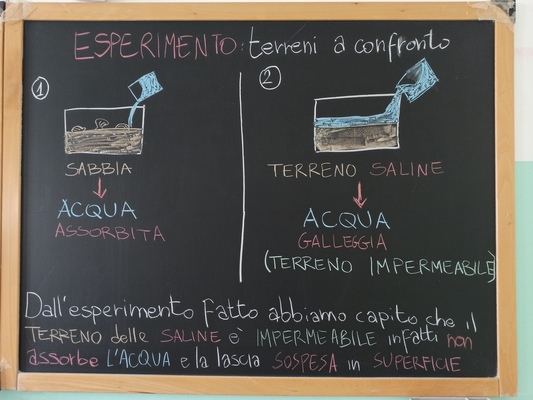
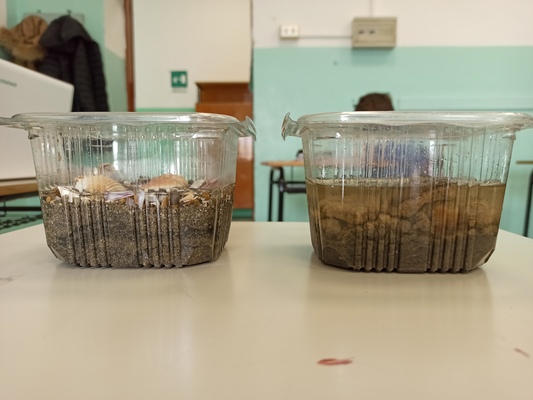
The compact, clay soils, which are highly impermeable, are suitable for the construction of salt pans.
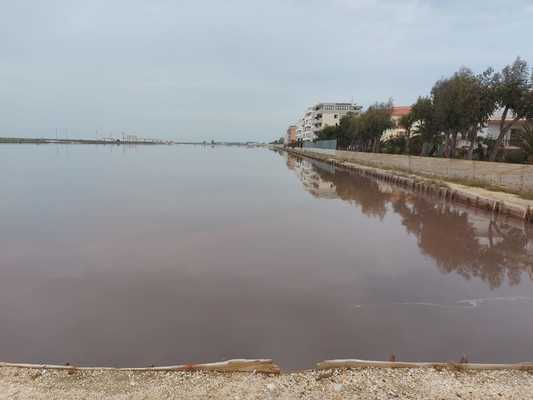
Extempore at the salt-pans of Strugnano - Strunjan
19th June 2020
A group of 8th year students went to the salt-pans to draw with pencils and paint with water colours. Some were facing south, others west, some gazed at shades of green, others at the brown and grey of the salt-pans. Unfortunately there won't be much salt this season. The floods in November and the rainfall in June have ruined the harvest of the white gold.
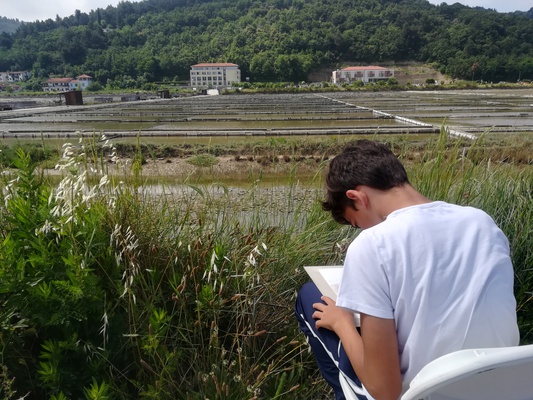
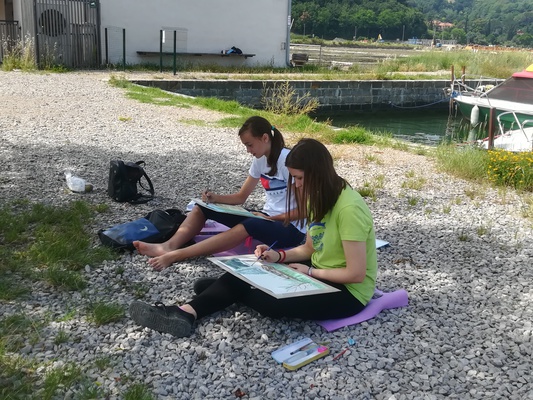
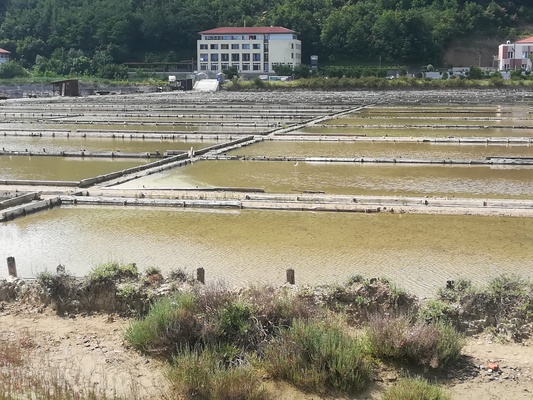

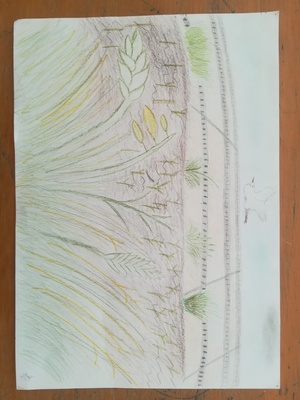
Our cultural and natural heritage - A creative day at school
On 17 June 2020, the 6th to 8th year students spent a day at school carrying out various activities in relation to the Erasmus + project "Salt-work-in progress".
Each class started the day by watching a documentary film on the natural park of Sečovlje salt-pans. It served as the base from which the pupils drew useful information to then be able to create different objects on the topic. In various workshops they:
- made soap with salt, olive oil and lavender,
- created two board games, called "Searching the Salt" and "Isolopoli",
- made "pop-up" postcards on the cultural and natural heritage of Isola and the Sečovlje salt-pans,
- folded paper into colourful origamis of animals that live in the salt pans,
- drew flashcards on the flora and fauna of the salt-pans and wrote their names and translated them into various European languages,
- photographed the historical monuments of Isola and compared the photos with old postcards in a video.
To achieve the goals, they had to search for information using both books and photos found in the library, as well as images taken from tourist brochures or local newspapers. They also used tablets to surf the internet to in order to find the appropriate translations for the words in different European languages, English, Italian, Slovenian, and other languages that the students speak at home (Macedonian, Serbian, Hungarian and Russian).
In order to achieve their goals, they had to use different manual skills: they measured the quantities, poured, mixed, cut, glued, folded, drew, coloured, wrote, etc. Time passed quickly, being very active and creative.
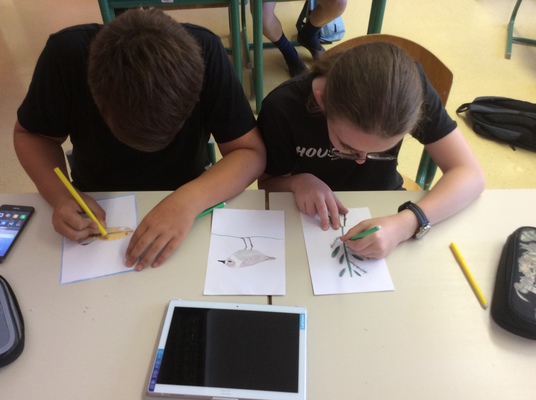
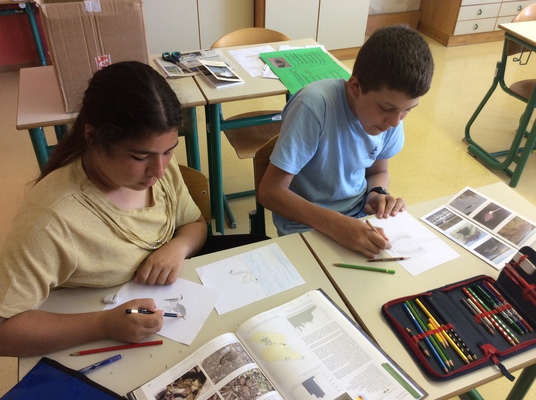
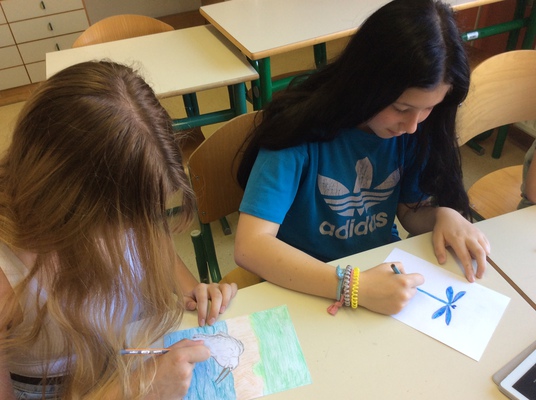
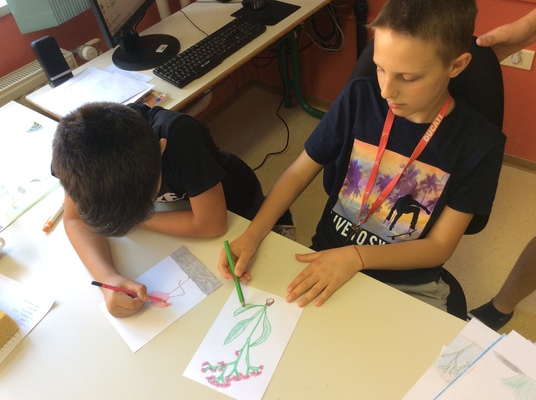
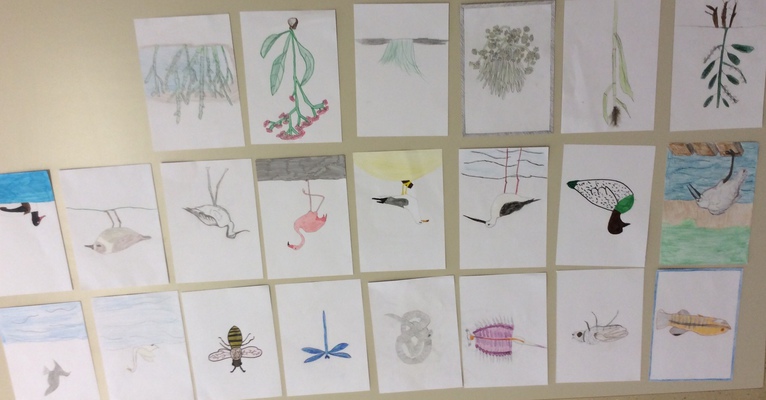
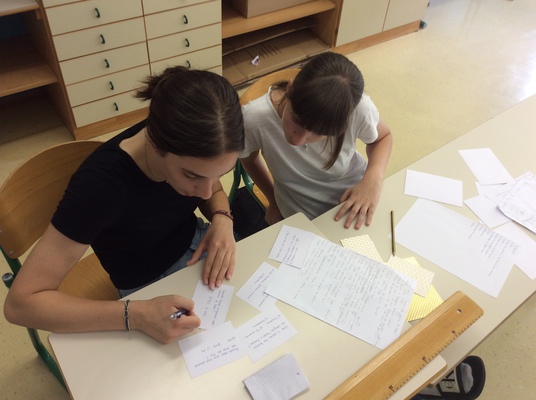
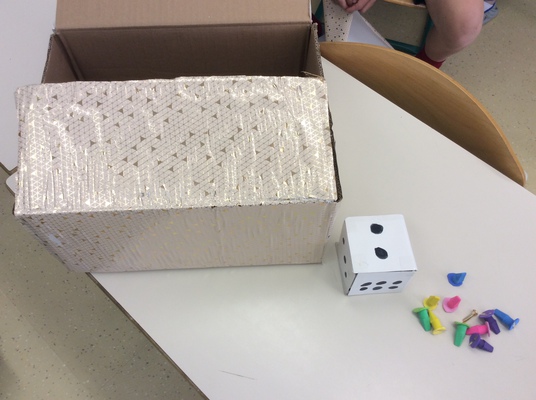
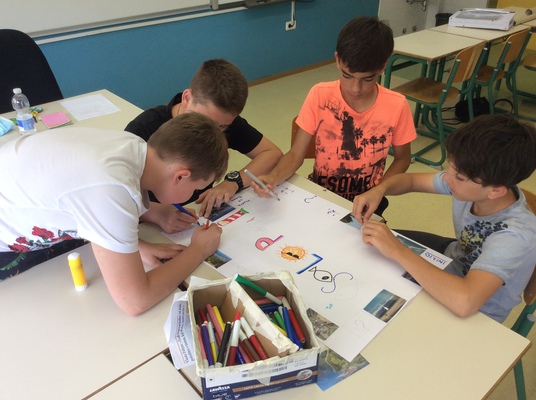
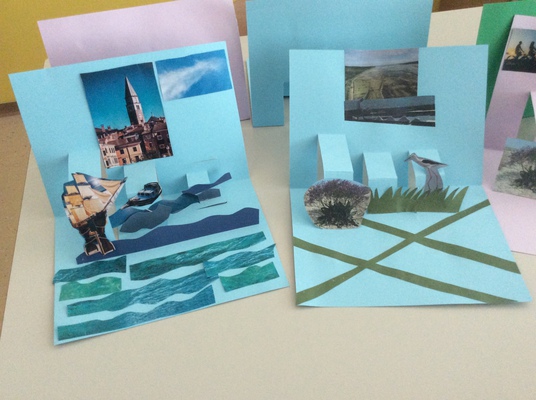
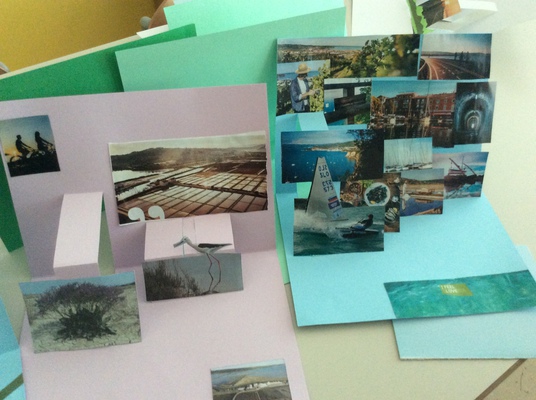
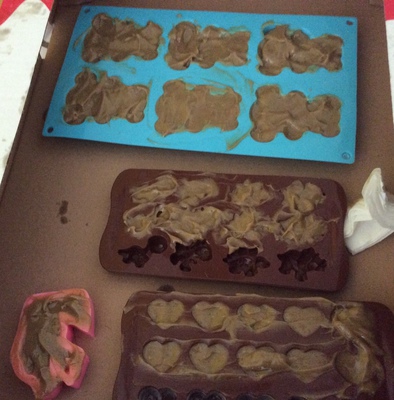
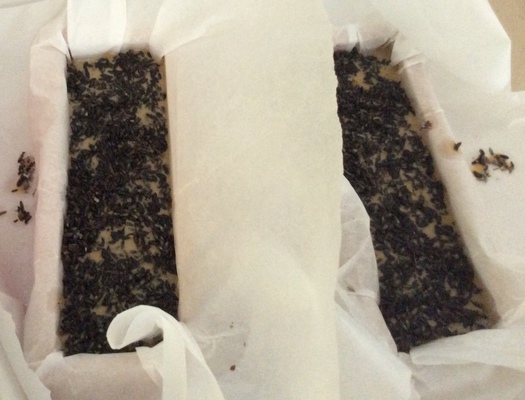
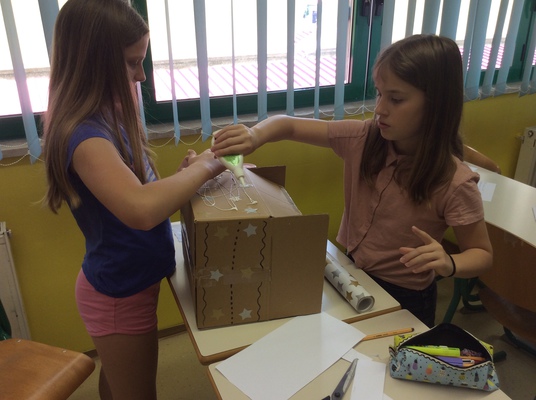
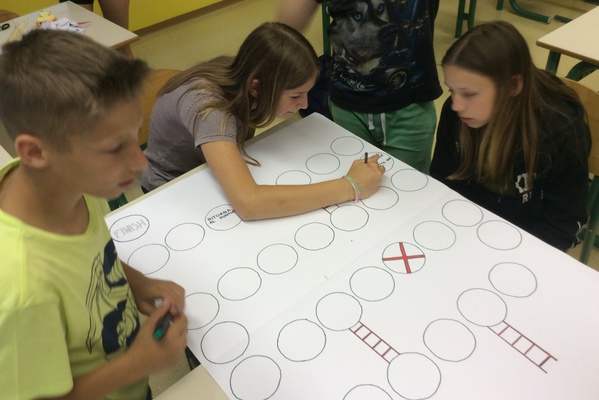
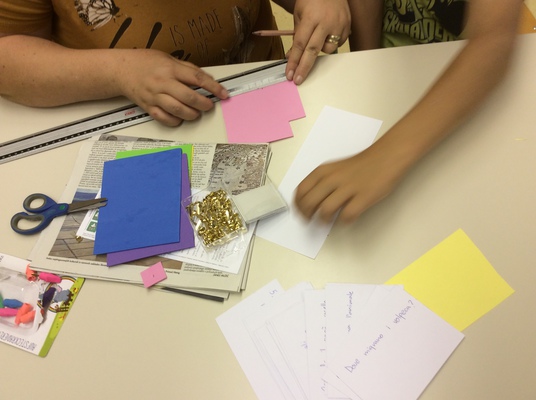
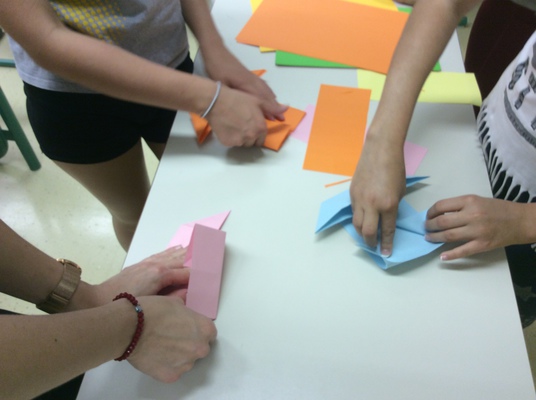
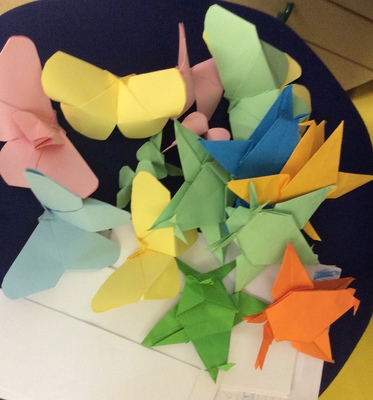
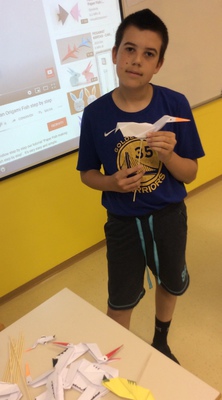
Guided tour of the Strunjan saltpans
On 28th May 2020 the IX year students of the Secondary school
DANTE ALIGHIERI IZOLA- ISOLA, SLOVENIA
spent a day in the Mediterranean nature.
They walked along the edge of the promontory of Belvedere, to reach the top of the Strunjan flysch cliffs, which are the widest flysch cliffs of the entire Adriatic coast, rising up to 80 meters above sea level. Along the way they were able to admire and appreciate the aromas of the Mediterranean flora: the holm oak, the laurel, the olive trees, the rush broom and other plants that grow nearby. They could enjoy the marvellous view of the Gulf of Trieste, surrounded by the Julian Alps, and then also the Piran promontory with the church of San Giorgio.
Finally, they joined a guided tour of the Natural Park of Strunjan, the Stjuža marine lagoon and the Strunjan salt pans.
The Stjuža or Chiusa is the only example of a marine lagoon in Slovenia that was created by man. Being sheltered from sea water and the wind, it favours the permanence of many species of birds in the winter. The students were able to see some specimens of the egretta garzetta, ducks and a pair of swans. The guide also talked about the little fish that lives in the salt pans, the killifish, which feeds on mosquito larvae.
The pupils also noticed that numerous halophytic plants grow on the salty soil of the salt pans, which require a high salt concentration. As a rule, they have leaves and a woody stem, as they suffer from drought due to the lack of fresh water. They are present along the margins of the salt fields and in the canals. The guide gave small boys of salicornia fruticosa a taste, who were amazed by the full and salty taste of the plant. They also saw the sea fennel, the tataric atriplice and the sea rush.
In addition, the guide explained that in these salt pans, the northernmost and smallest of the Mediterranean, salt has been produced for over 700 years. Their role was initially commercial, but today the Strunjan salt marshes are part of the cultural and natural heritage. The salt pans were built in the floodplain of the Roja torrent. It has been explained to pupils that salt is obtained by crystallization, resulting from evaporation due to exposure to the sun and wind. The sea water must go through the tanks in the salt pans, the evaporation and salt ponds, to allow the decrease of the liquid and increase the concentration of the salt, from 7% to 25.5%, which occurs in the last salt tank by the crystallization of the salt. On the crystallization bottoms, the salt workers cultivate the petola, which is a layer of a few millimeters composed of algae, gypsum (a soft sulfate mineral) and minerals, which prevents contact between the salt and the mud. In the production they use traditional tools: the "gaveri" (wooden rakes with which the salt is piled up), the "spoons" (which are used for cleaning the tanks) and the wooden wheelbarrows. To prevent sinking into the salt, they wore "taperini", wooden clogs.
Enriched with knowledge on the cultural heritage of the salt pans, the students returned to school, happy to have spent a day together in nature.
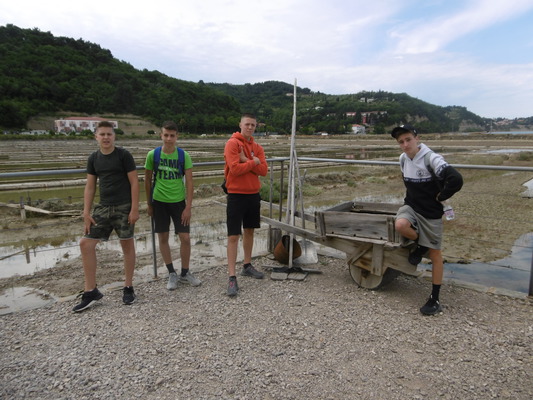

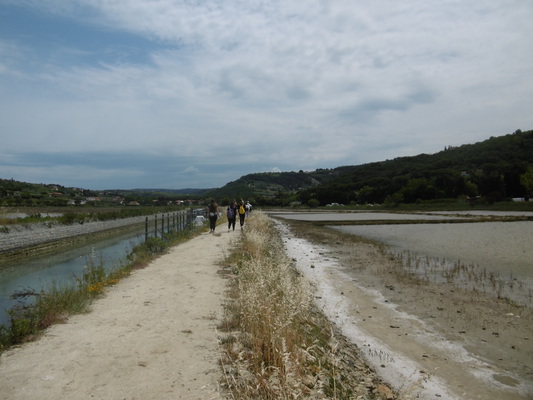
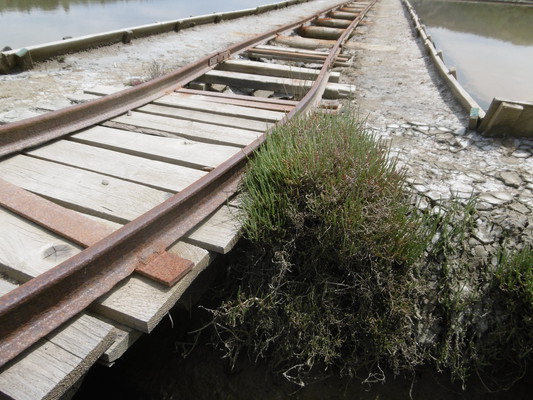
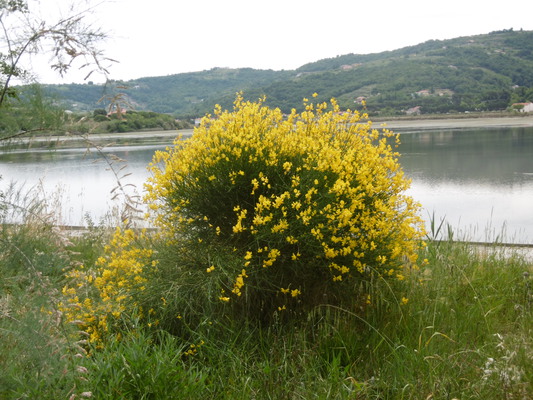
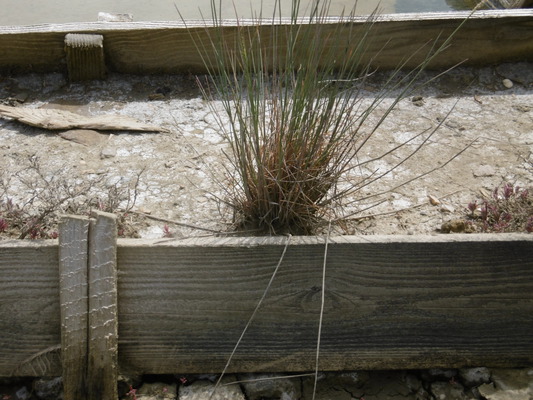
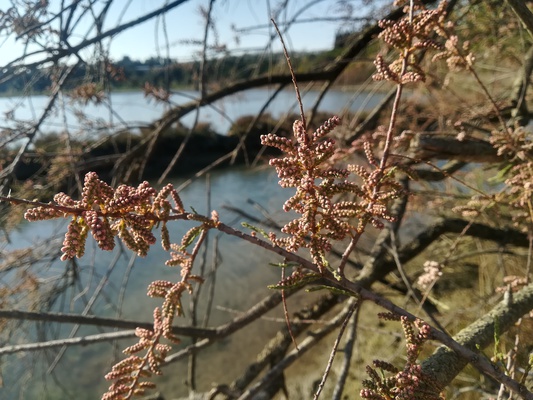

GIOCONDA IN THE KINGDOM OF SALT
Italian pupils (1st and 2nd classes of Primary school) read the story "Gioconda in the Kingdom of Salt" and will prepara a surprise for their Erasmus friends.
March 2020, Margherita di Savoia (Italy)
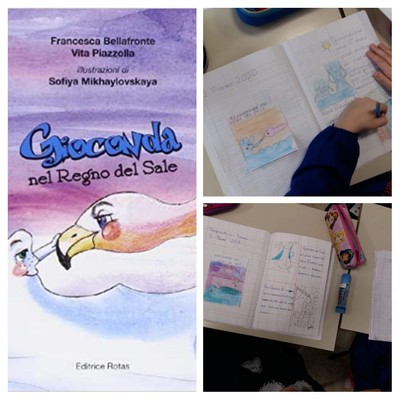
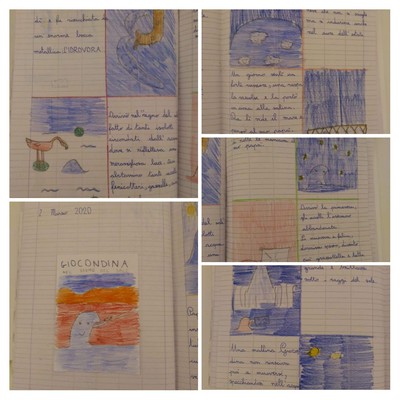
ANIMALS IN THE SALT-PANS
Slovenian 7th class students looked for online information in the ICT room and presented the salt-pan animals at the English lessons
November 2019, Isola Izola

SCIENCE WORKSHOP: SALT AND ICE
by the Slovenian 7th class students with the Science Teacher: Nevio Tomasin
November 25, 2019
Objective of the lesson:
We use salt in order to decrease the fusion point of ice (at which it starts melting).
Material needed:
Ice, salt, a spoon, a small and a large glass, a thermometre.
Procedure:
1. We put some ice in a large glass.
2. Then we measured the temperature in the glass.It was about -4°C.
3. We poured the salt from the small glass into the large glass containing ice.
4. After some time the temperature started to decrease. It lowered to -15,9°C. The ice started to melt.
Conclusion:
The experiment explained us how vehicles can drive on snowy streets when the temperatures are low in the winter.
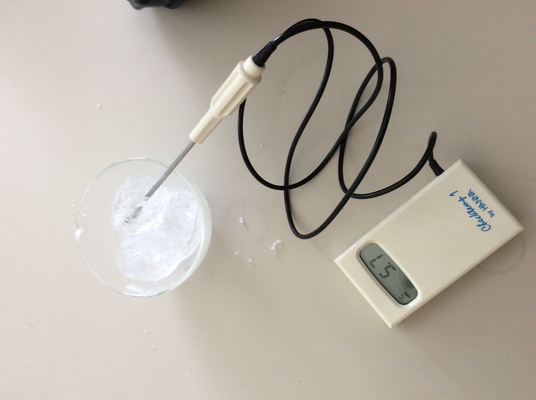
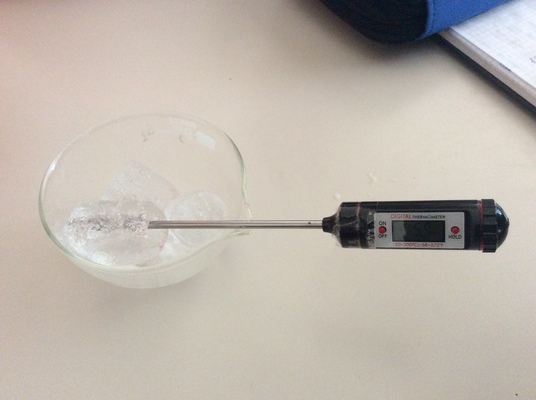
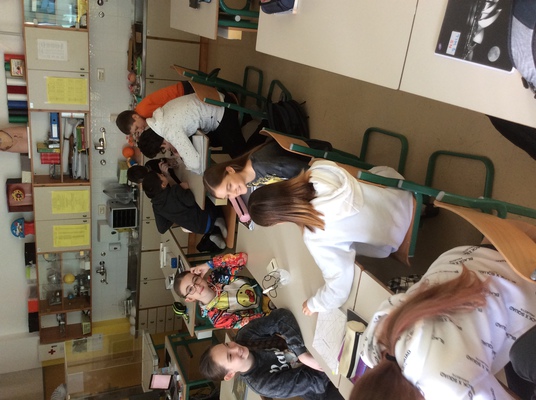
Painting pictures for the Logo Contest -
Slovenian 8th class students - Nov. 2019
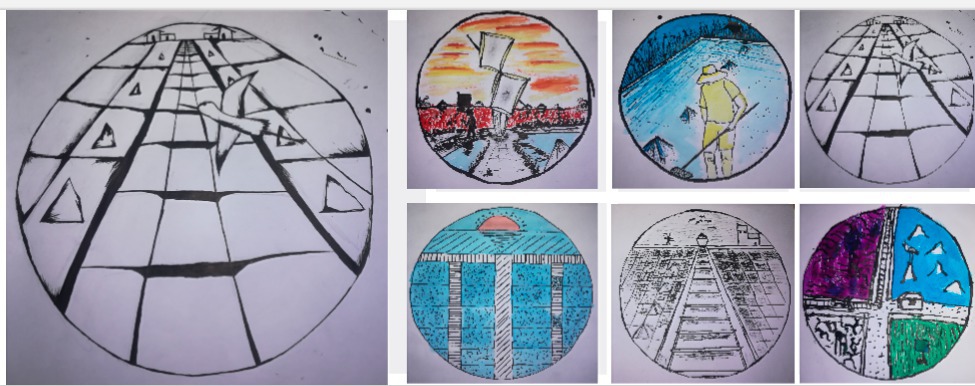
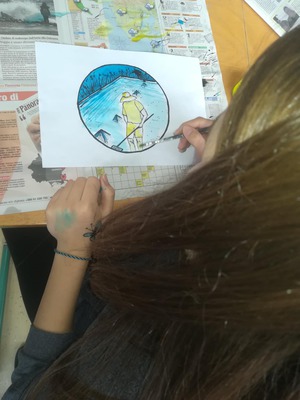
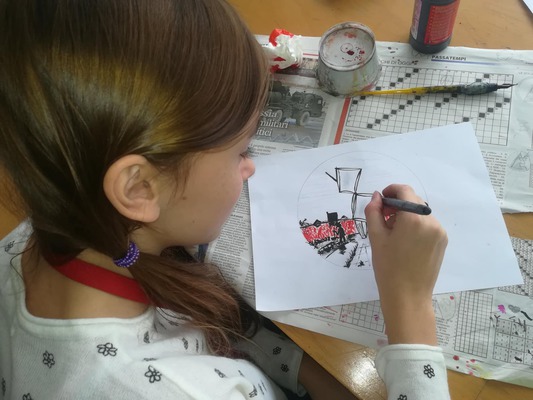
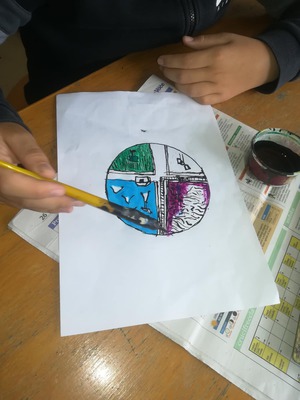
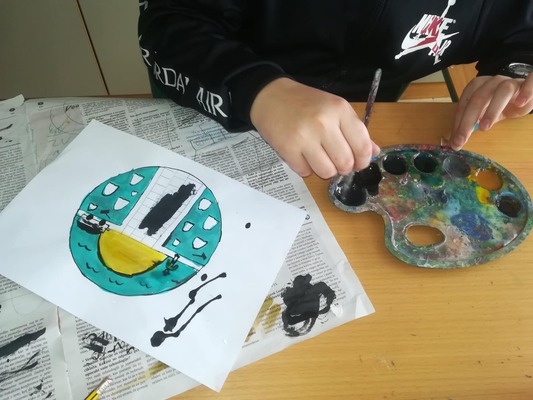
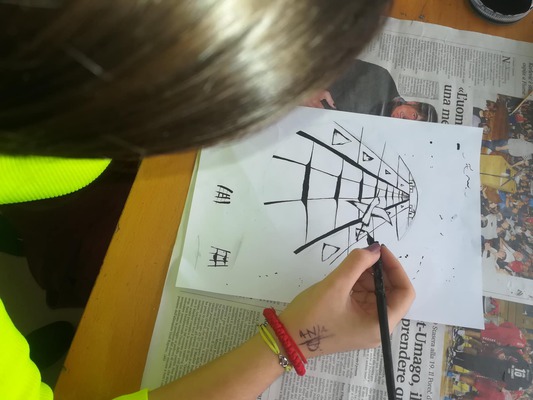
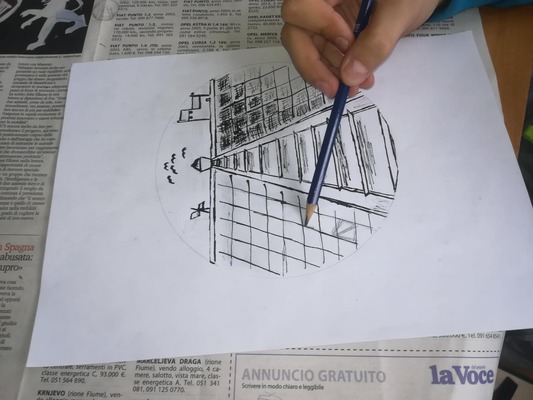
Projects about SALT
done by the Slovenian 9th class students - Dec. 2019
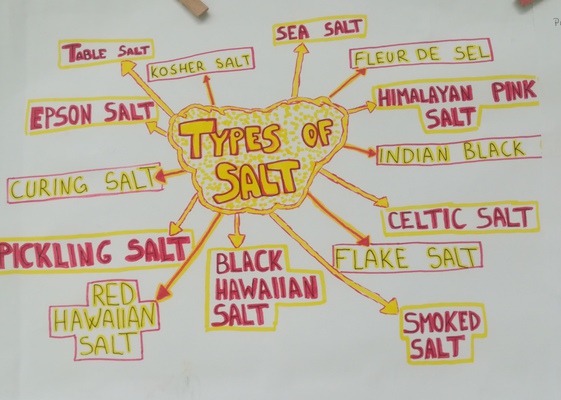
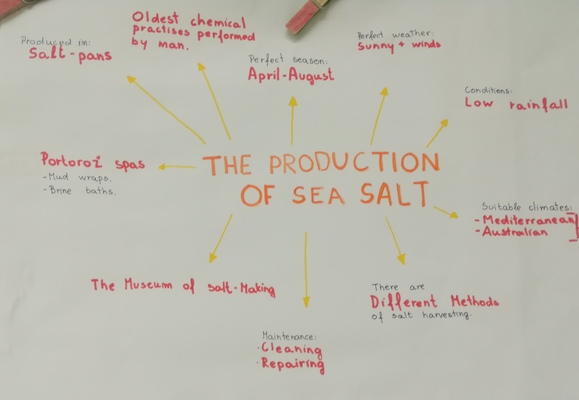
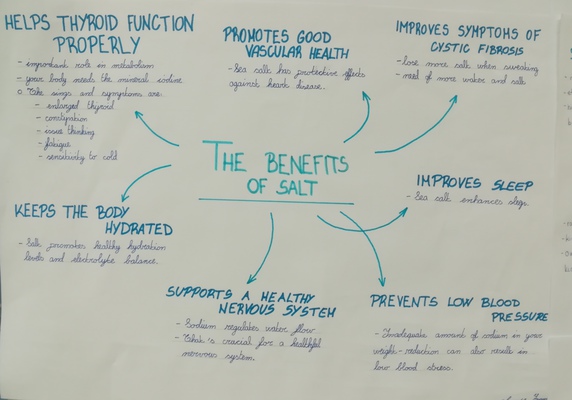
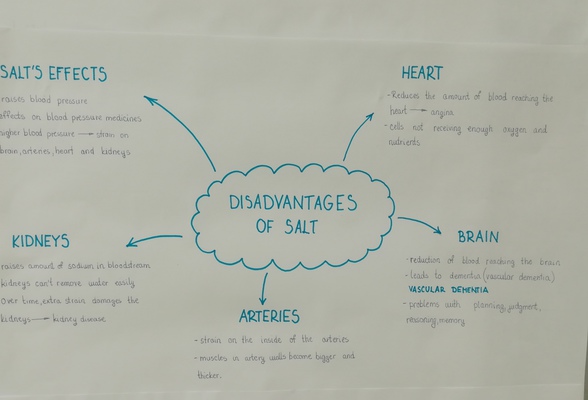
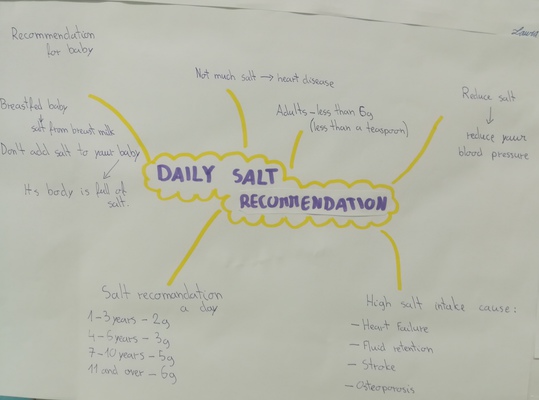
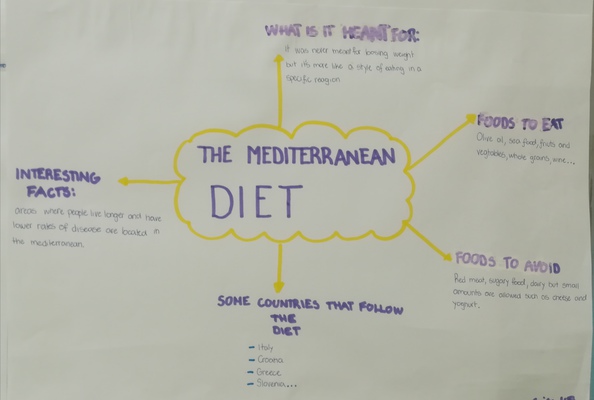
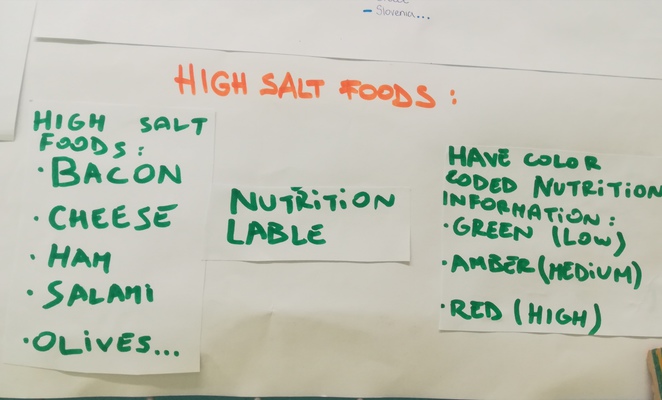
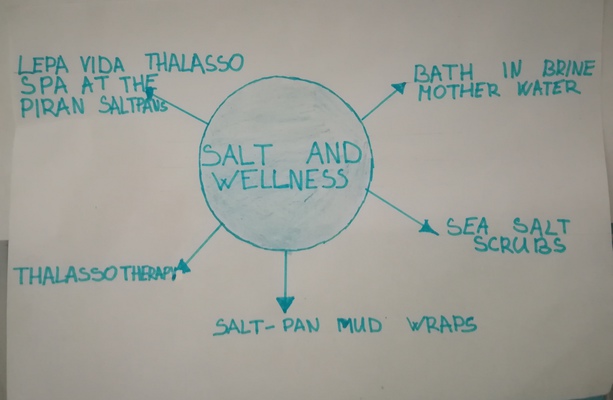
Greek School - Handmade ornaments made with salt!!!
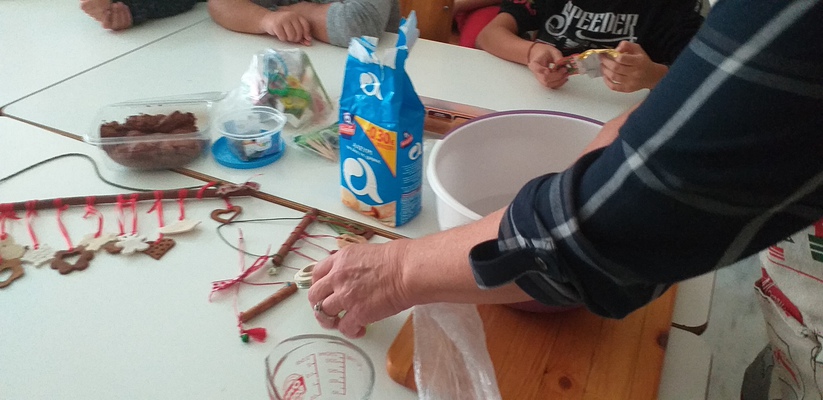
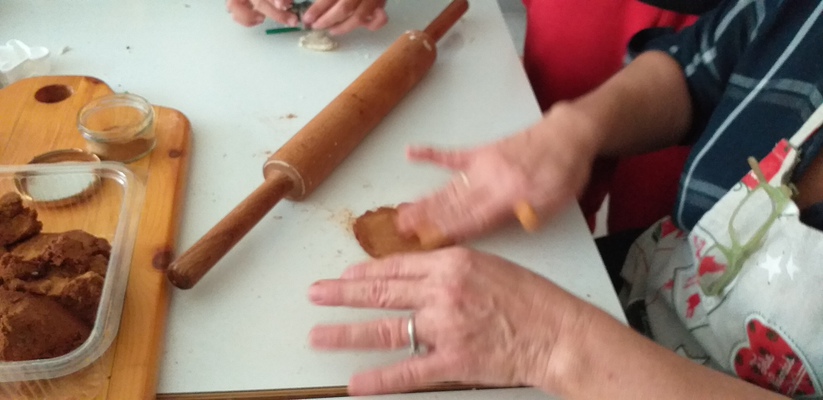
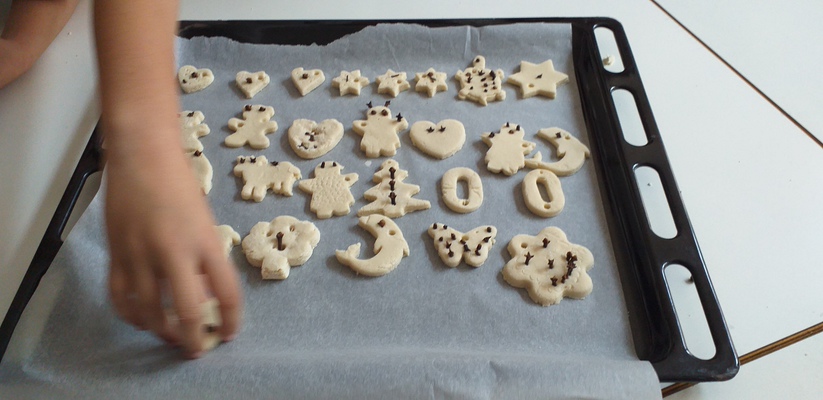
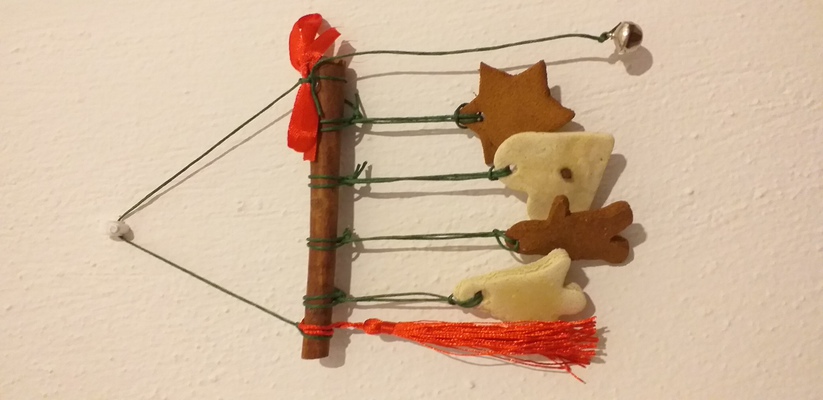
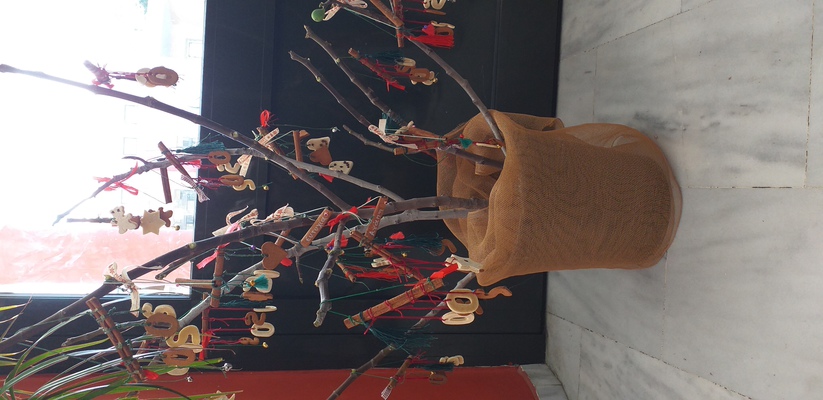
SALT-DOUGH ANIMALS
Colourful owls, a snail and a fish were created by the Slovenian 4th year pupils. They modelled salt dough, let it dry, coloured the animals with acryl paint and varnished them to give them a shine.
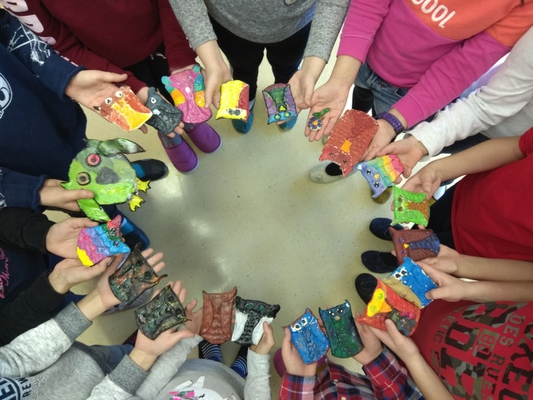
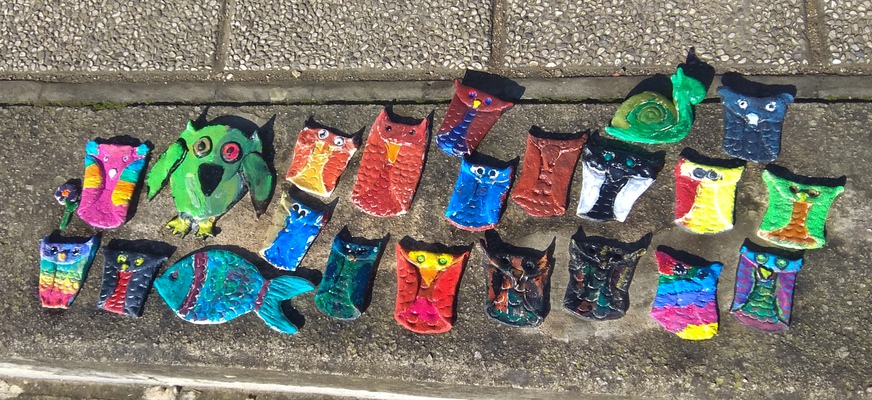
20o & 56o OΛΟΗΜΕΡΟ ΣΧΟΛΕΙΟ-ALL DAY SCHOOL
PAINT DOTS..... by Irene Mousa school teacher and her pupiis !!!!!
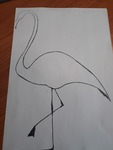
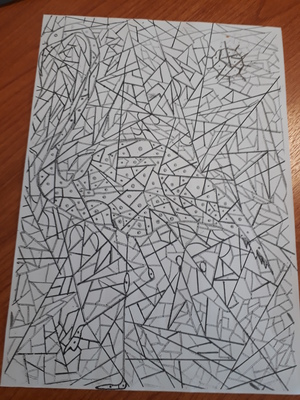
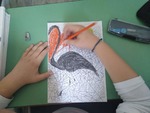
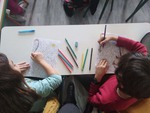
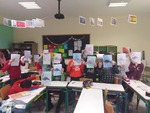
MARTIN KRPAN
the Slovenian fictional folk hero who smuggled and transported salt from the Adriatic Sea to the Slovene inland of the Habsburg Empire.
A group of students who learn German dramatised the original story about the strongest Sloevenian man, they wrote a short play in three languages (Italian, Slovenian and German) and acted it out as a puppet show for celebrating the Slovenian independence Day, on the 24th December 2019. They made the puppets by themselves. They were lead by their teacher Jadranka Mittendorfer.
